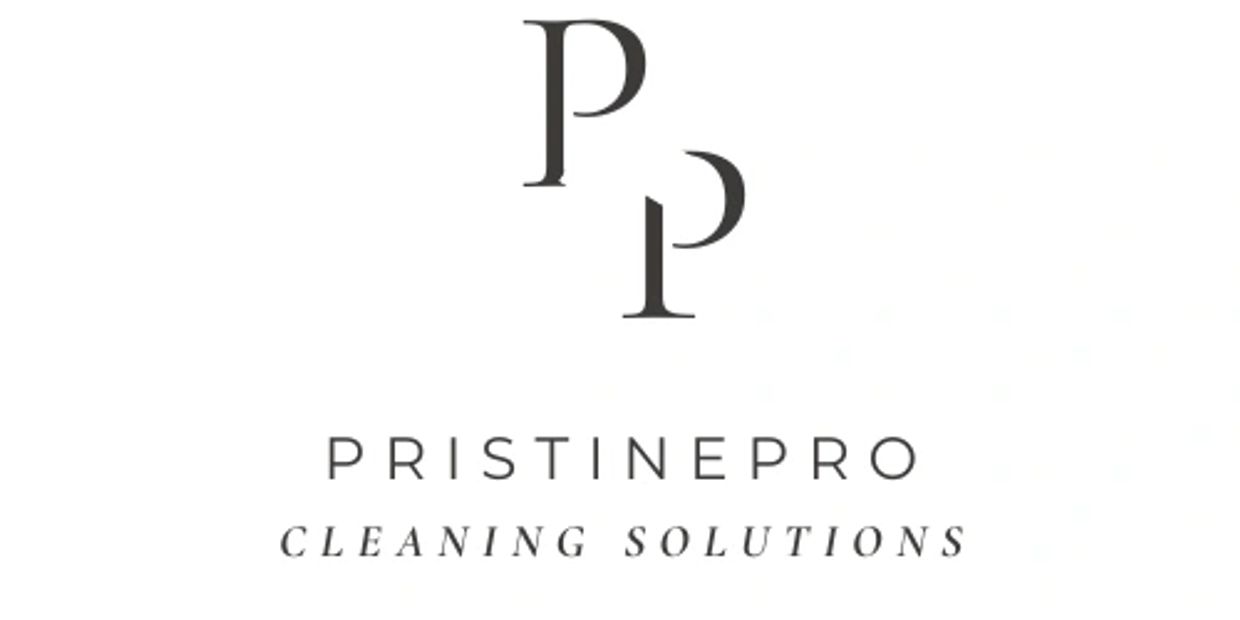
PristinePro Cleaning Solutions is a premier commercial cleaning service provider committed to delivering exceptional cleaning solutions for businesses of all sizes. With years of industry experience, our dedicated team understands the unique needs of each client and works tirelessly to ensure their spaces are spotless, hygienic, and welcoming.
Founded on the principles of reliability, professionalism, and eco-conscious practices, we specialize in office cleaning, retail cleaning, industrial cleaning, and more. We use state-of-the-art equipment and environmentally friendly products to provide a thorough, efficient, and sustainable cleaning experience.
At PristinePro Cleaning Solutions, we take pride in our attention to detail and our commitment to customer satisfaction. Our mission is to create healthier and cleaner work environments, so your business can operate at its best. Trust us to handle the cleaning, so you can focus on what you do best.

TESTIMONIALS
TESTIMONIALS
TESTIMONIALS
“PristinePro keeps our office spotless and always shows up on time. Highly recommend!”
— Sarah J., Office Manager
TESTIMONIALS
TESTIMONIALS
TESTIMONIALS
“We switched to PristinePro and immediately noticed the difference in quality.”
— Mark P., Facilities Director
This website uses cookies.
We use cookies to analyze website traffic and optimize your website experience. By accepting our use of cookies, your data will be aggregated with all other user data.